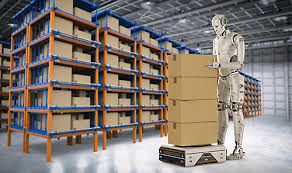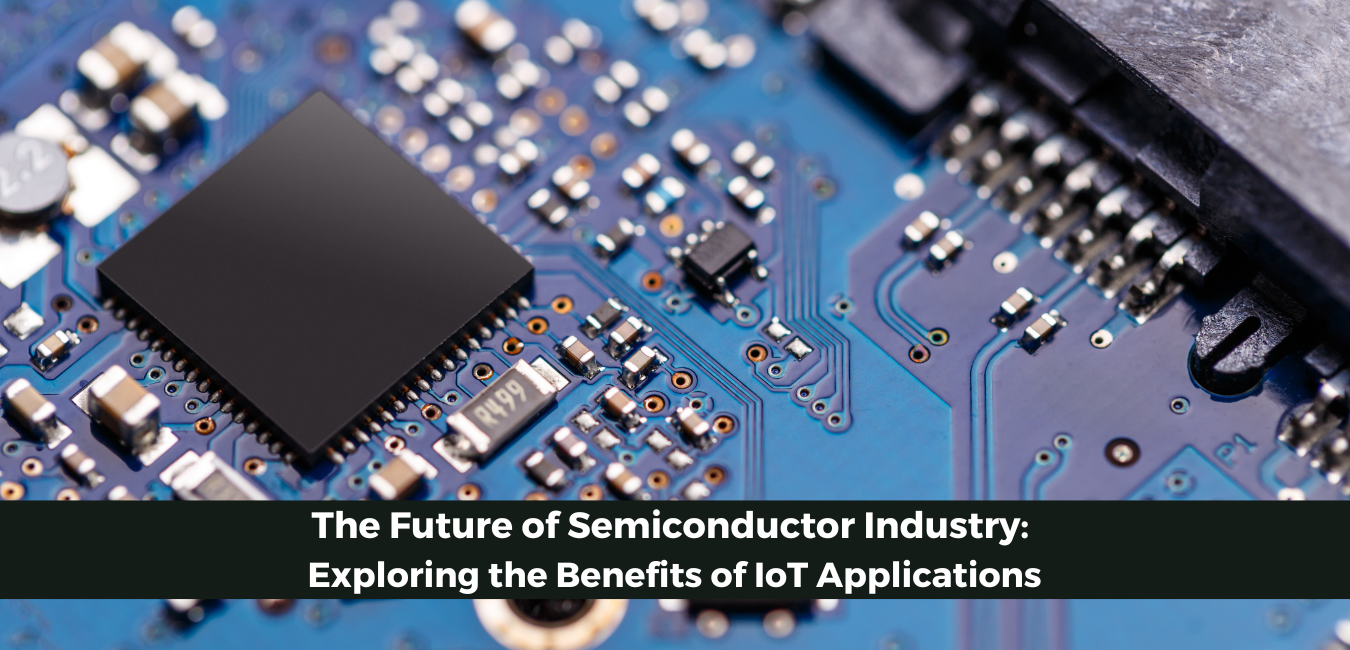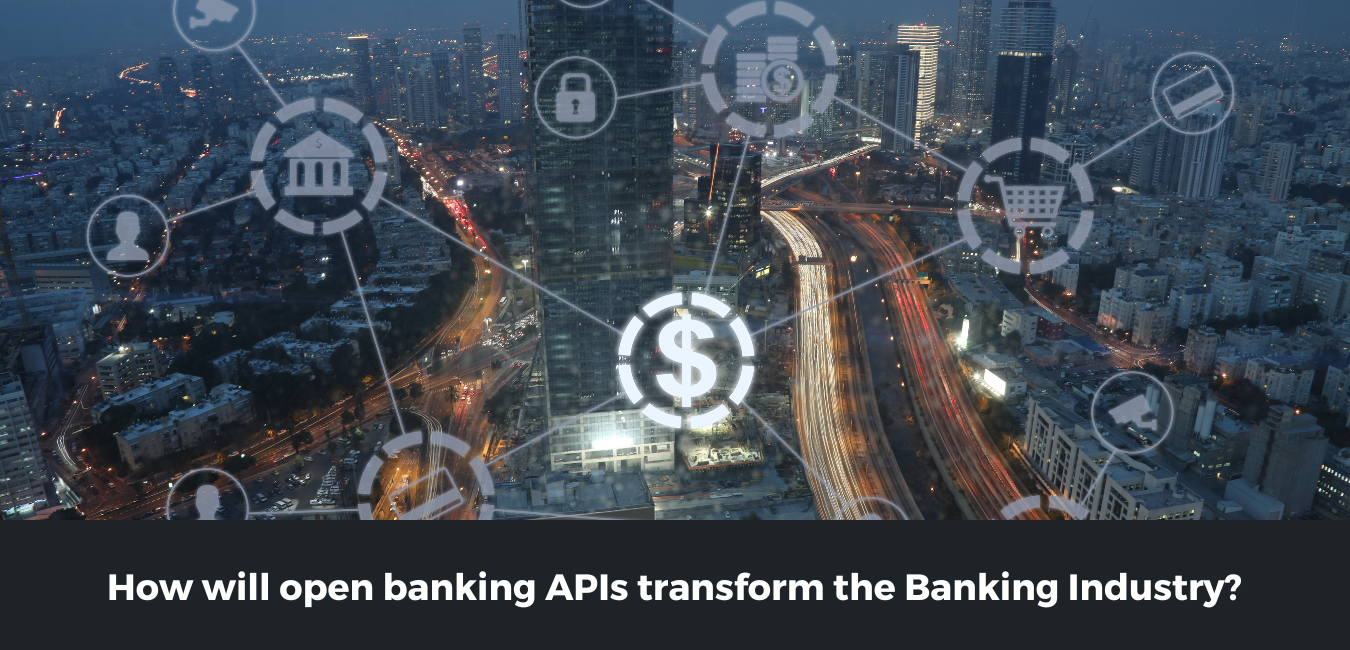Procurement and Supply Chain Transformation - Integration of AI and Blockchain

Procurement and supply chain are at the cusp of disruption with artificial intelligence (AI), the internet of things (IoT), and blockchain technology. A digital transformation is after promises greater efficiency in business operations, transparency, processes, and security. For instance, Walmart uses blockchain technology to trace food from farm to shelf, which has created a new trend in the food-tech world. Also, Netflix uses the AI-based big data concept to forecast the "House of Cards" success.
Many chief procurement and supply chain management officers are already focused on gathering volumes of data generated through AI, IoT, big data, and social media available in the public domain. The biggest challenge for today's business is to identify and recognize the opportunity. Important pointers need to study to identify the next generation transformation for procurement and supply chain considering integrating AI and blockchain.
- Spend Analysis
Spend analysis commonly incorporating to strategizing raw materials and components sourcing, owing to rising need to shift traditional descriptive analytics sourcing model to more prescriptive and predictive analytics sourcing model. Many companies have developed tools to improve spend analysis based on the public domain data from social media, big data algorithms, demographics, suppliers, weather data, competition, and logistics. The data points collected from these sub-pointers help uncover insights to improve the supply chain with a cost-effective method.
- Supplier Lifecycle Management
When improved by AI and blockchain concepts from the public domain, the traditional supplier lifecycle management platform can offer important information on suppliers and supply chain risks. For instance, continuous real-time monitoring of the social media trends on the suppliers' financial stability can assist in identifying the supplier risk. This analytical information can be used for negotiating tactics with the suppliers to enable smarter outcomes. It is witnessing the incorporation of AI-based solutions to track the product quality at various supply chain stages that are expected to improve the process efficiency and provide the metrics for supplier performance evaluation.
- Strategic Sourcing
Sourcing is a relatively complex business process considering the involvement of stakeholders from various cross-functional teams. Supplier bidding proposals are collected using online sourcing programs, but a large part of the sourcing evaluation is manual. With blockchain, all steps of the process, such as proposals, quotes, and bids or auctions, are expected to offer greater transparency and efficiency. The adoption rate of new technologies, tools, or techniques should be evaluated based on their saving opportunities and sourcing complication.
- Contract Management
Inefficient contracting can cause inadvertent supply losses to companies, and the most significant challenge involved in contracting suppliers is tracking compliances and obligations. The integration of the blockchain platform and its advanced contract framework based on AI and IoT, can help improve efficiency in compliance and obligation management. AI can develop smart wizards to form contracts based on specific question responses and enable the framework for pattern recognition to identify changes to standard clauses or non-standard clauses. Besides this, the blockchains are immutable, and therefore it may be possible to eliminate the electronic signature need in the near future.
- E-Commerce and Online Stores
Blockchain-powered solutions offer a robust platform for buyers and suppliers to manage and collaborate with an online store. The smart contracts also validate all the instructions required for regulatory compliance, business compliance, obligation management, and others. The supplier reviews and ratings from an e-commerce site play an important role and can be integrated with supplier risk evaluations. The e-commerce platform can potentially evolve as a self-managed platform allowing the suppliers to add their products online and buyers to transact on the same platform within the smart contract framework's limitations.
- Order Management
Traditional order management is an internal system for any company and facilitates the fulfillment process. Blockchain-powered platform integrated with AI and IoT can drive better efficiency in streamlining and orchestrating quality assurance documents, purchase orders, trade documents, shipment details, goods receipts, returns & accounting, and others. This exchange-to-exchange orchestration is highly promising, and advanced analytics primarily ease the visibility across the entire supply chain ecosystem through sending alerts to reduce the disruption risk.
- Logistics
The logistics sector is already implemented AI, blockchain, and IoT and is already gaining high business growth worldwide. It is estimated that the IoT logistics ecosystem provides excellent insights on shelf life, inventory management, delivery routes, storage temperature, real-time tracking of freight, and others. For instance, IBM and Maersk signed up for a joint venture to boost the potential and embarked on digitizing their supply chains and global trade.
The Need for Reevaluating and Redesigning Procurement and Supply Chain
Coronavirus has highlighted complex issues with the current large and clumsy supply chains. The virus outbreak leads to the demand and use of digital transformation such as AI and blockchain, along with the shorter time-to-market requirements. Also, there is a wide increase in demand for understanding market conditions, new market trends, and rising concern for shortening the supply chains to make them more responsive to counter the pandemic effect.
One way to reevaluate the procurement and supply chain is by collaborating with local suppliers that can be used in case of emergency and as a substitute, particularly in a condition of existing long-standing supplier relationships in the supply chain. The leaders can also aim to reduce the product travel time between design, production, assembly, and shipping, which will shorten the manufacturing and distribution time. It would also allow for better collaboration between manufacturing engineers and suppliers, mainly when holdups occur.
Certainly, reevaluating and redesigning the supply chain altogether is a complex approach, but having a backup for supply, production, and distribution capacity mainly reduces the entire supply chain disruption risk.
The second way is that there should be a vast distance between two primary supply sources; this will decrease the component availability risk and increase costs. Similarly, having manufacturing facilities with local supply sources spreads the COVID-19 risk and could cut transportation costs.
Both ways should be executed based on digital transformation technologies such as AI and blockchain to real-time monitor the movement of supplies. It also highlights improvements in the fundamental analysis by collecting volumes of data from different sources.








